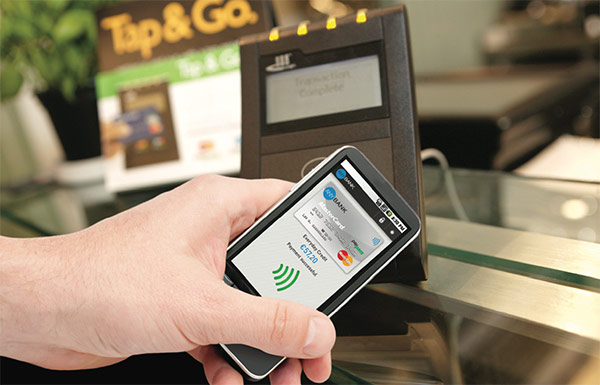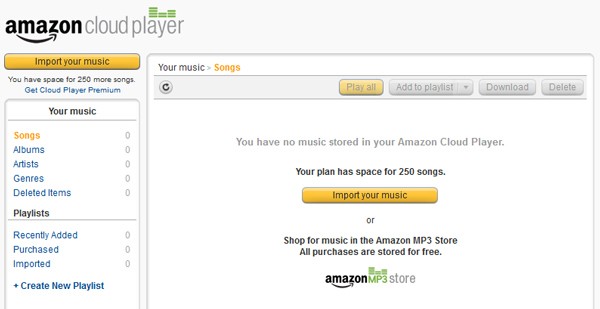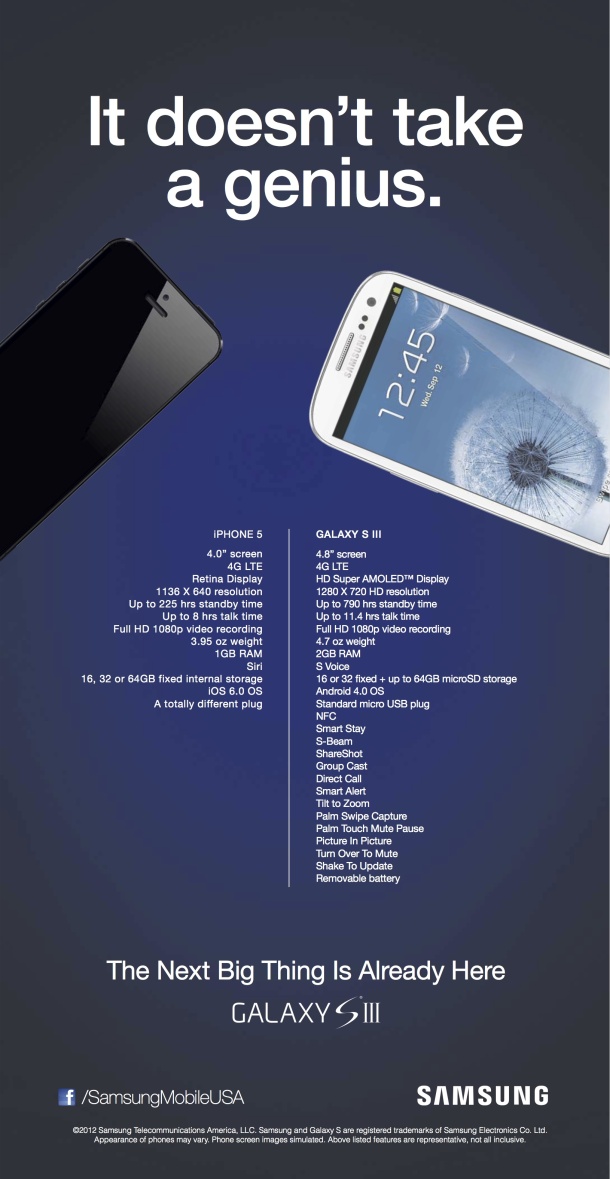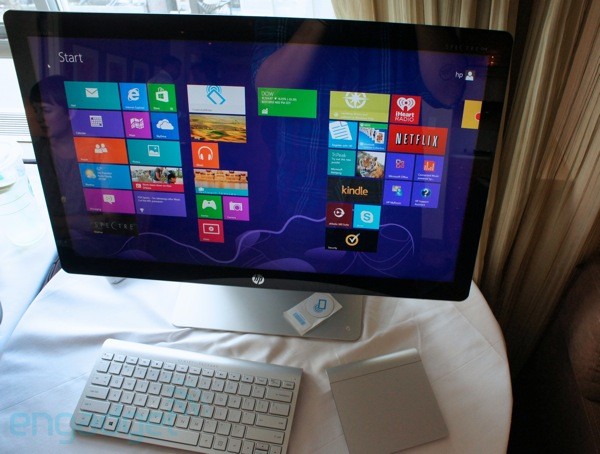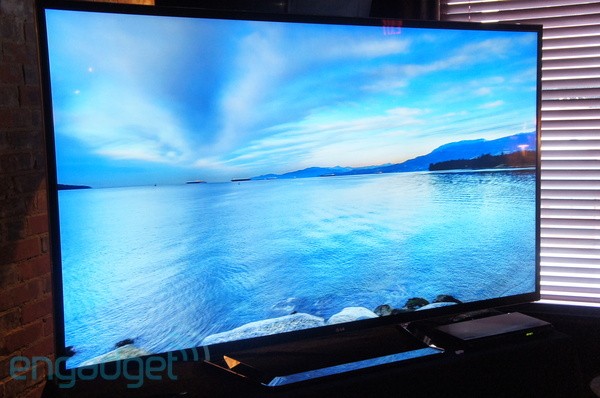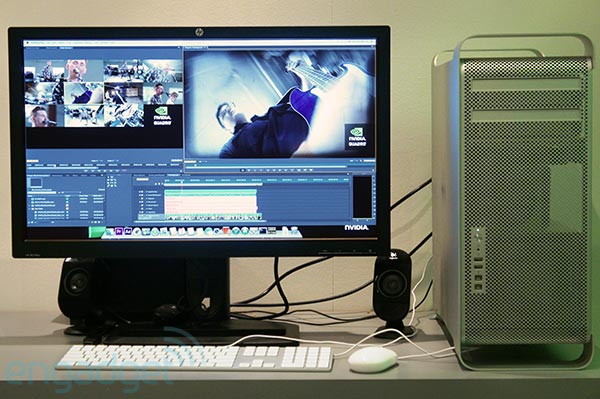 Apparently, whatever we need in life, there’s an app for it. And with the meteoric rise of the android smartphone, portable tablet and light and compact notebook showing no sign of slowing down, this probably won’t come as much surprise to you.
Apparently, whatever we need in life, there’s an app for it. And with the meteoric rise of the android smartphone, portable tablet and light and compact notebook showing no sign of slowing down, this probably won’t come as much surprise to you.
With the sheer volume of handy apps available, the majority of us are beginning to wonder how we ever survived without having a tool to regularly check the weather in the Outer Hebrides or track our daily bowl movements (yes, this is a real app) We’re using apps increasingly to organise both our business and social lives and reaping the benefits in both.
However, the demographic most reliant on electronic devices to organise their lives are students, who have turned to technology for every day tasks such as checking grades, ticking items off their things to do list and organising their homework schedule.
Our kids have grown up using this ever-improving technology and are becoming increasingly reliant on apps to determine their every move. Long gone are the days of having to stock up on dictionaries, calculators and note-books, new terms now are all about getting the right apps on the right device.
Within an increasing number of schools, rather than being punished for having a phone at school, teachers are beginning to embrace the technology and alternative learning opportunities apps offer them. Teachers are regularly using apps such as Socrative and Skitch to engage students with educational exercises and interactive activities that the whole class can share.
Aside from the educational benefits, students are benefitting from apps such as Stylebook to organise their wardrobe and make outfit decisions based on the clothes they have available.
It’s not just the teens who are incorporating digital technology and apps into their everyday lives; schools, pre-schools and even nurseries are using apps to help them educate, inspire and organise children - playing interactive learning games to help children with their letter formation and word pronunciation, and flashcard apps to help with revision and study. [Advertorial]
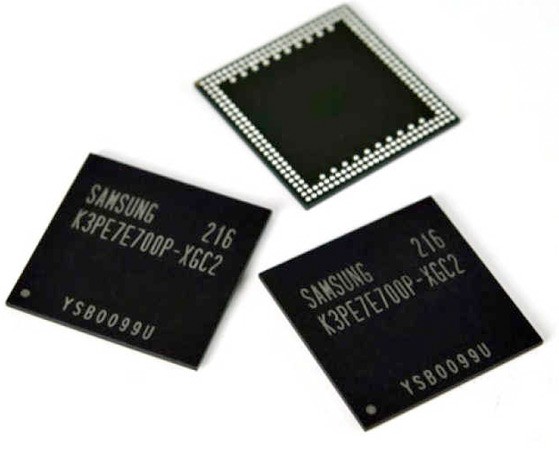 While the scales may be steadily tipping towards mobile in the world of DRAM production, there's still plenty of room for technological enhancements. To prove the point, Samsung has just started mass production of what it claims to be the first 2GB LPDDR3 DRAM chip for mobile, which can shuffle information in and out 1,600 Mbps (compared to its 1,066 Mbps LPDDR2 predecessor), with up to 12.8 GB/s of bandwidth. In addition, the manufacturer has also started mass production of a place to hold all of that lovely data, in the form of a 128GB mobile flash storage chip. When will you be able to buy a superphone sporting 2GB of RAM and 128GB of storage? We don't know for sure, but even in the face of adversity all of the components seem to be falling into place.
While the scales may be steadily tipping towards mobile in the world of DRAM production, there's still plenty of room for technological enhancements. To prove the point, Samsung has just started mass production of what it claims to be the first 2GB LPDDR3 DRAM chip for mobile, which can shuffle information in and out 1,600 Mbps (compared to its 1,066 Mbps LPDDR2 predecessor), with up to 12.8 GB/s of bandwidth. In addition, the manufacturer has also started mass production of a place to hold all of that lovely data, in the form of a 128GB mobile flash storage chip. When will you be able to buy a superphone sporting 2GB of RAM and 128GB of storage? We don't know for sure, but even in the face of adversity all of the components seem to be falling into place.
